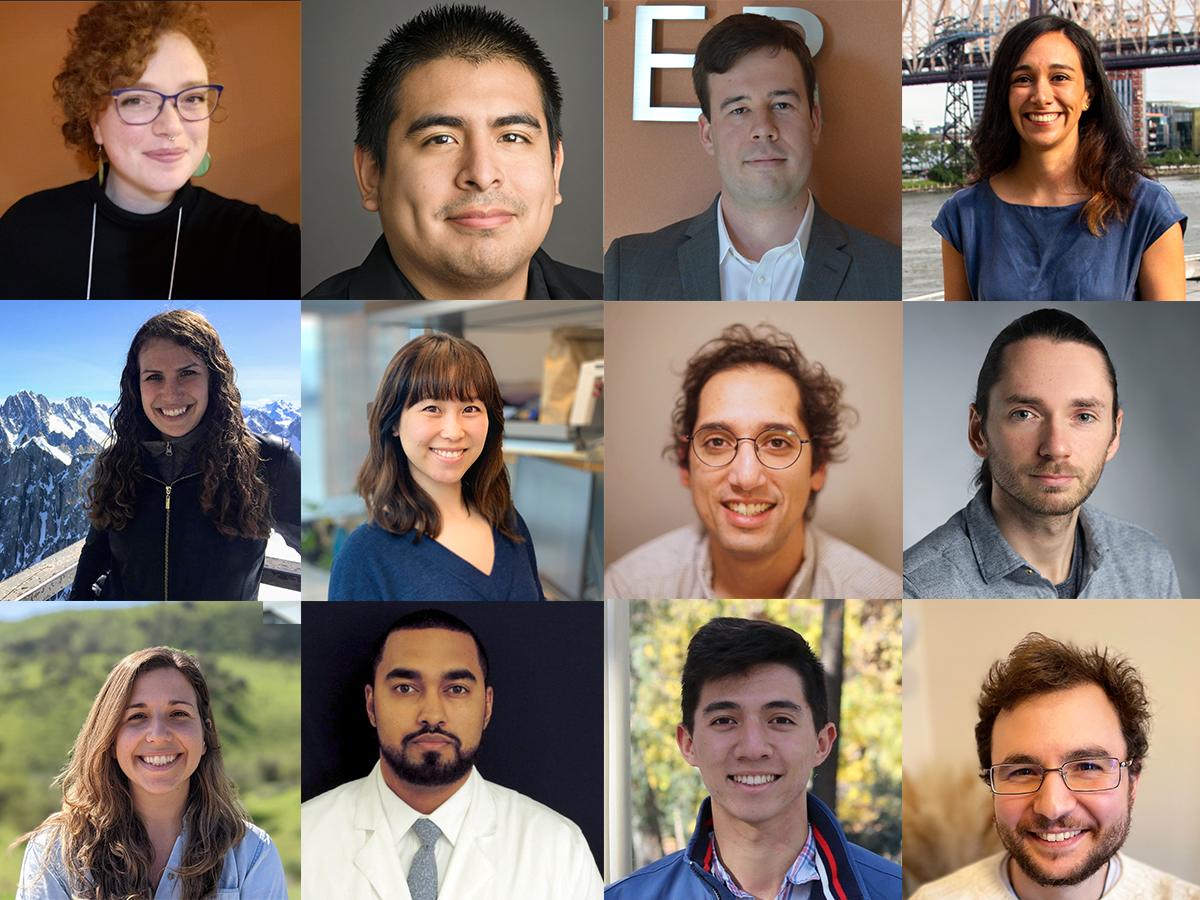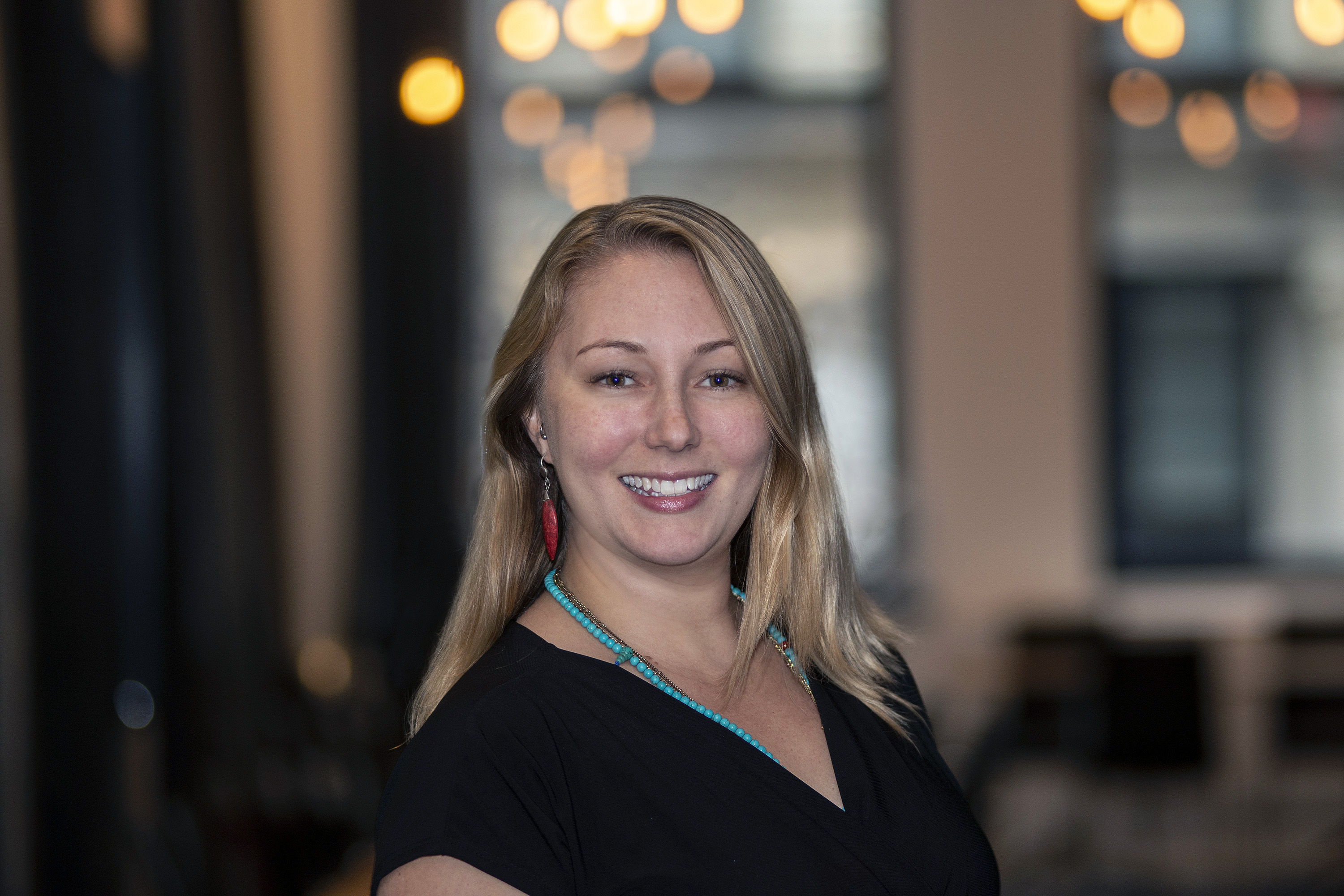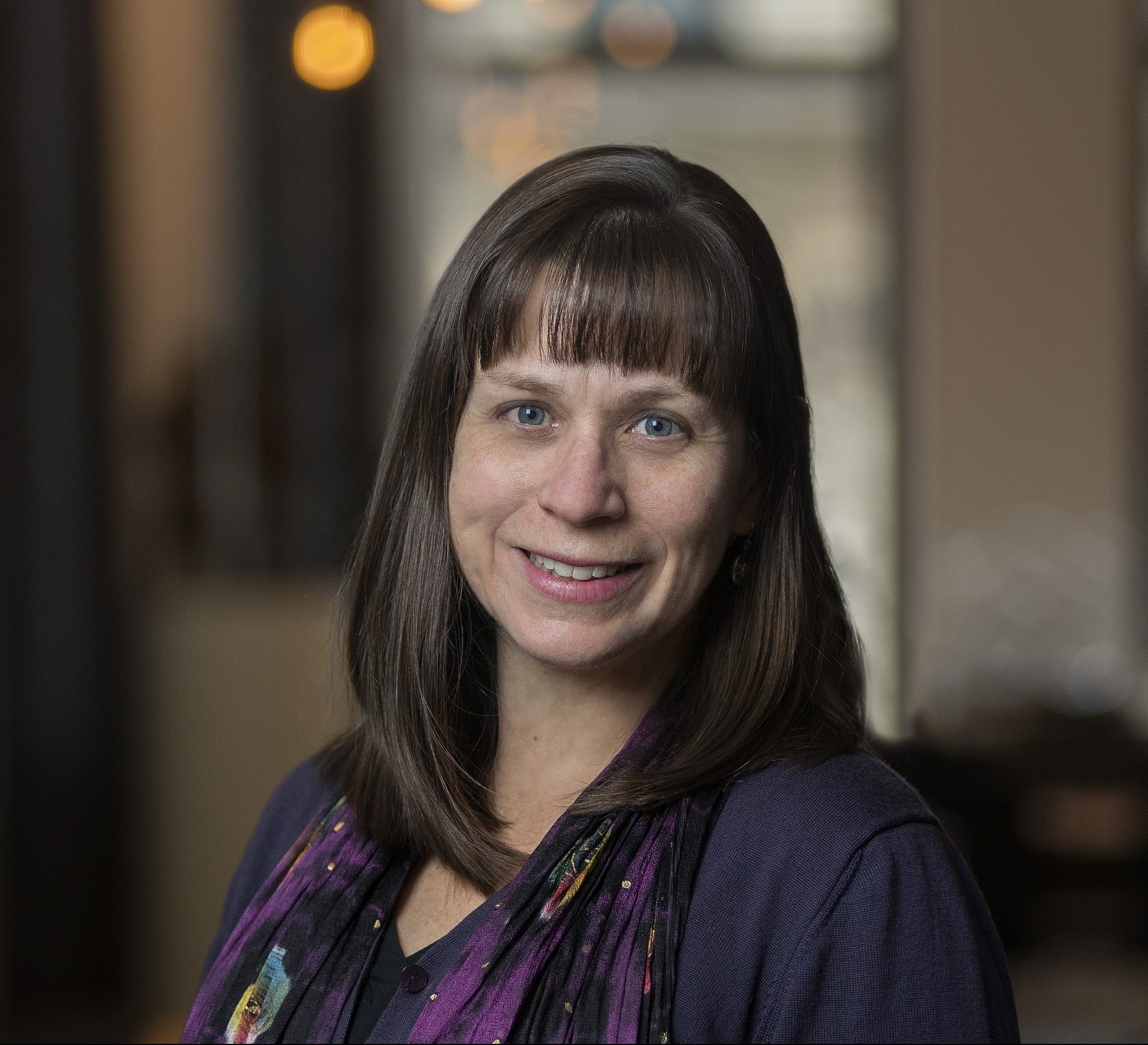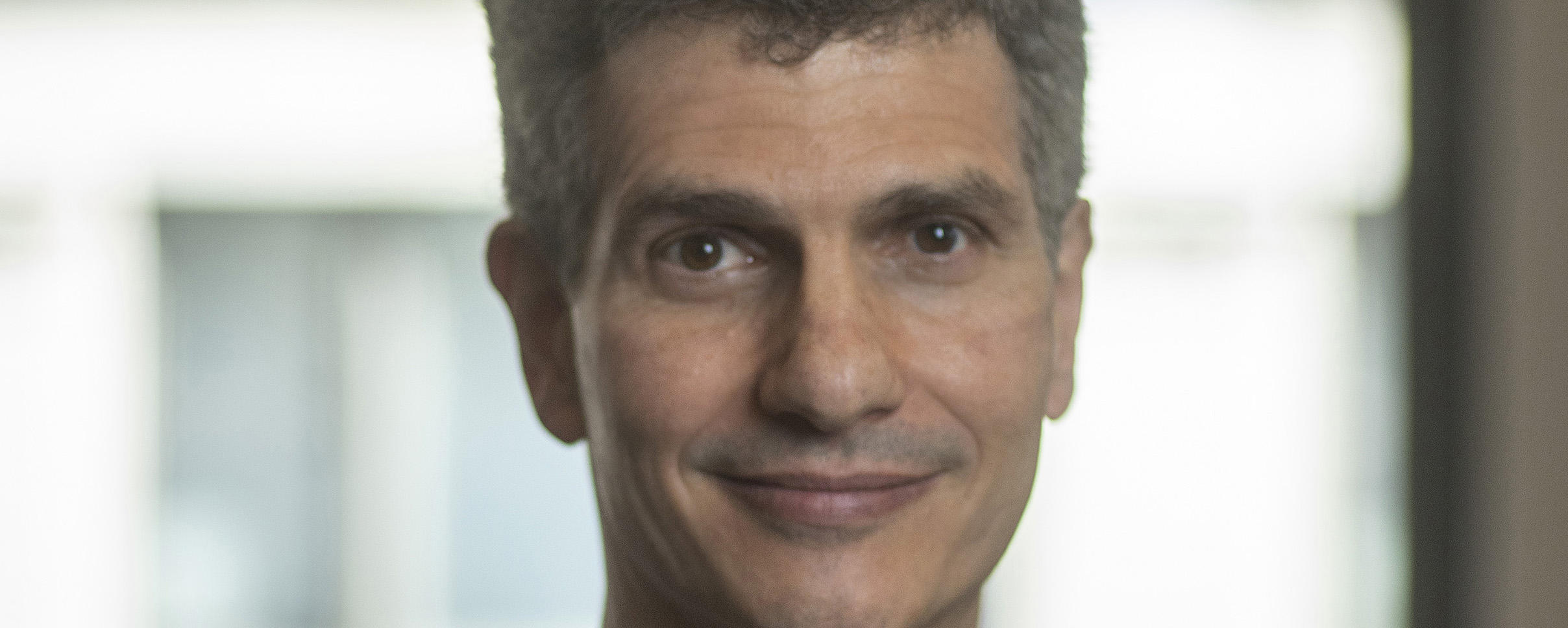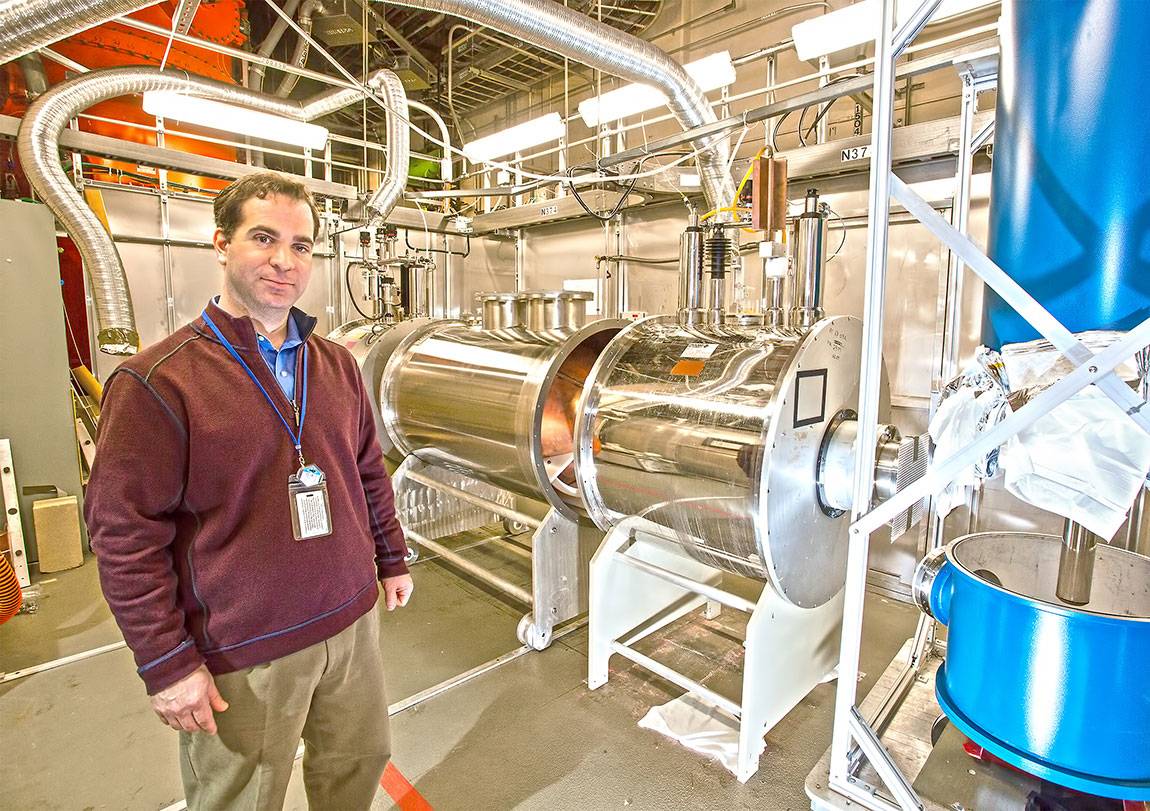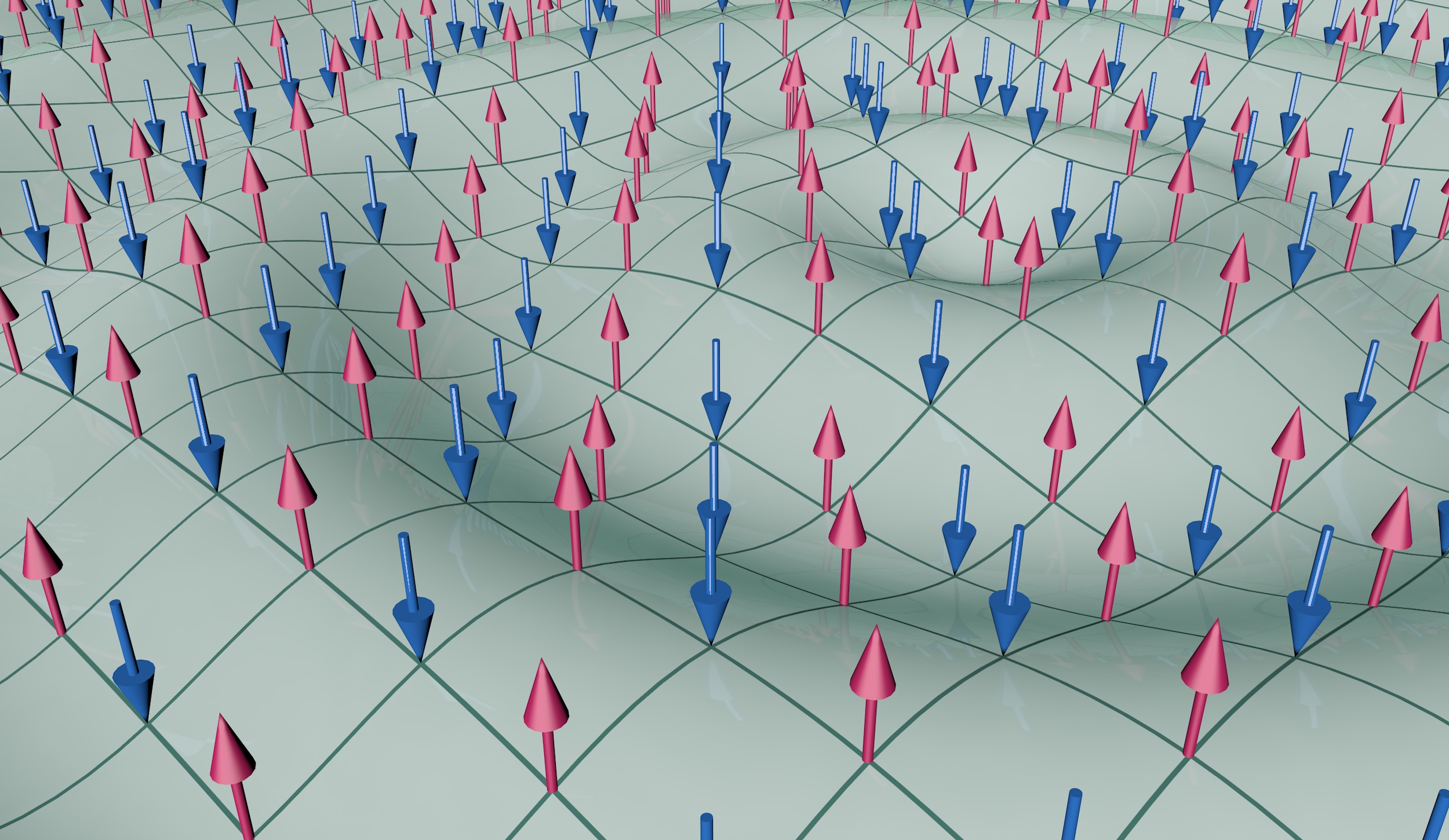
Quantum Showdown: Competing Methods of Solving Quantum Systems Put to the Test
Simons Foundation, March 2021Unlocking the complexities of quantum systems containing gobs of interacting particles remains one of the most daunting computational challenges ever faced. Scientists have developed many different methods of tackling this problem, but those methods have primarily been developed separately and not directly compared.
Republished by the Max Planck Institute for Solid State Research.
